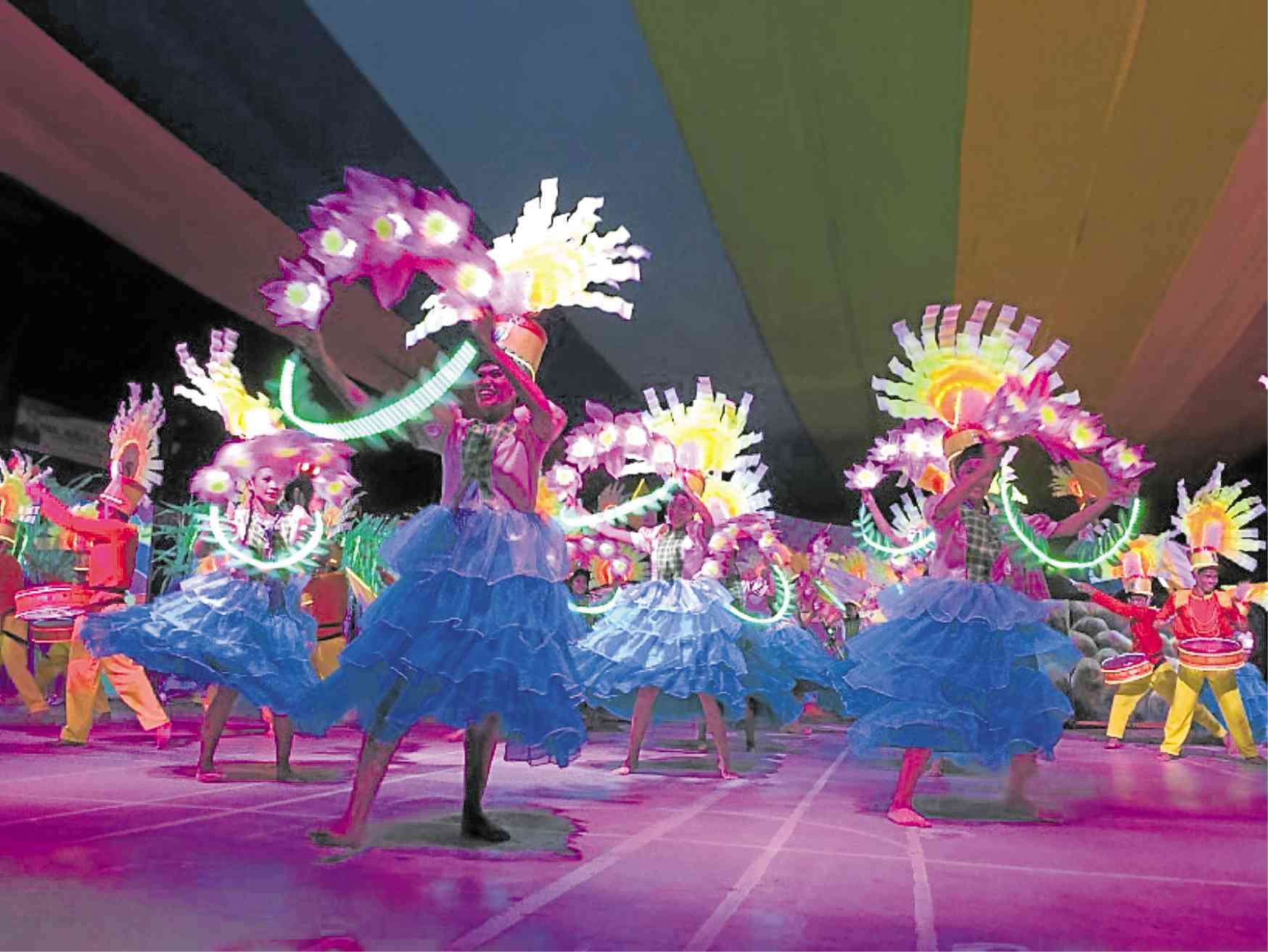
True to the pronouncements of the local government that mediocrity has no place in town, Anilao in Iloilo keeps on improving one of its cultural thrusts as it reinvents its annual Banaag Festival which is marking its 15th anniversary this year.
Banaag in Hiligaynon means light and the festival banks on light in its various contexts in town such as fire used as signals on top of the watchtowers during the Spanish colonial period and the local programs of uplifting the lives of its residents today.
Coinciding with the 80th founding anniversary of the reconstituted town previously part of the neighboring municipality of Banate, the festival’s highlight is the dance-drama competition won by Tribu Siga-Siga, one of eight competing groups from different barangay clusters.
The same group which impressively performed social issues in town including gender and peace and order also won the street-dance competition.
Other issues and programs of government of Anilao such as were “performed” by the rest of the groups.
Mayor Nathalie Ann Debuque, one of the youngest mayors in the country today at age 25, said the curated performances is a good strategy to show their culture, events, and various programs from environmental protection, issues of teenage pregnancy, and education.
The festival which first held the thematic presentations in 2014 became the model of festivals in Tagbilaran City and Bohol province, veering away from the usual dance, loud drums, and ostentatious costumes practiced by many festivities elsewhere in the country.
For its landmark cultural initiatives, Banaag Festival won the best municipal festival in 2018 and 2019 best historical event category of the Association of Tourism Officers in the Philippines (Atop)-Department of Tourism Pearl Awards.
Hobart Savior, cultural office director of the Liceo de Cagayan de Oro hailed the festival describing it as community and values-centered that instills pride of place and people in Anilao.
Historically, Anilao was founded as a town by the Augustinians in 1734 under the tutelage of Santa Rita de Cacia.
It became part of Pototan in 1750, gaining independence the year after but was annexed to Dumangas in 1760.
In 1762 it separated from Dumangas but became part of Barotac Nuevo thereafter until it became independent again in 1850.
However, it seemed that the town again became a visita (mission station) of Barotac Nuevo since in 1865, it was noted that together with the neighboring Banate (then both under of Barotac Nuevo), these areas were formed as a pueblo under the name Banate, most likely to properly defend the area against the frequent raids of the “Moro” pirates.
For the purpose of defense against the pirates, baluartes (bulwarks) of good construction were erected in the coast of Banate which was then noted to have agriculture and fishing as industries with its women involved in the weaving of fine pineapple fiber.
In the late 19th century, Anilao became a separate town from Banate but was again incorporated to the former under Act 719 of the Philippine Commission during the early American period.
In 1939, Anilao was again separated from Banate through Executive Order 220 of then President Manuel Quezon.